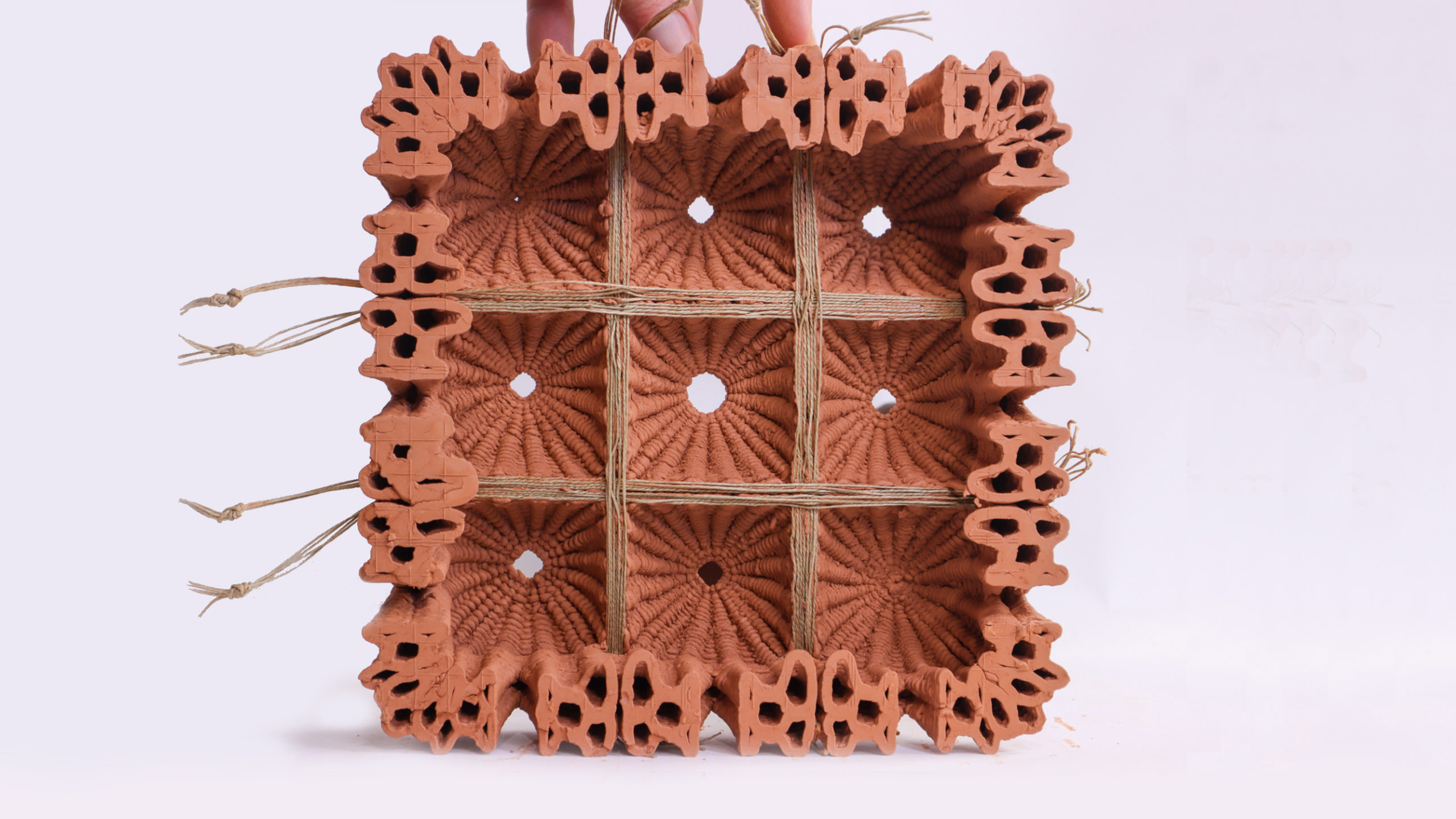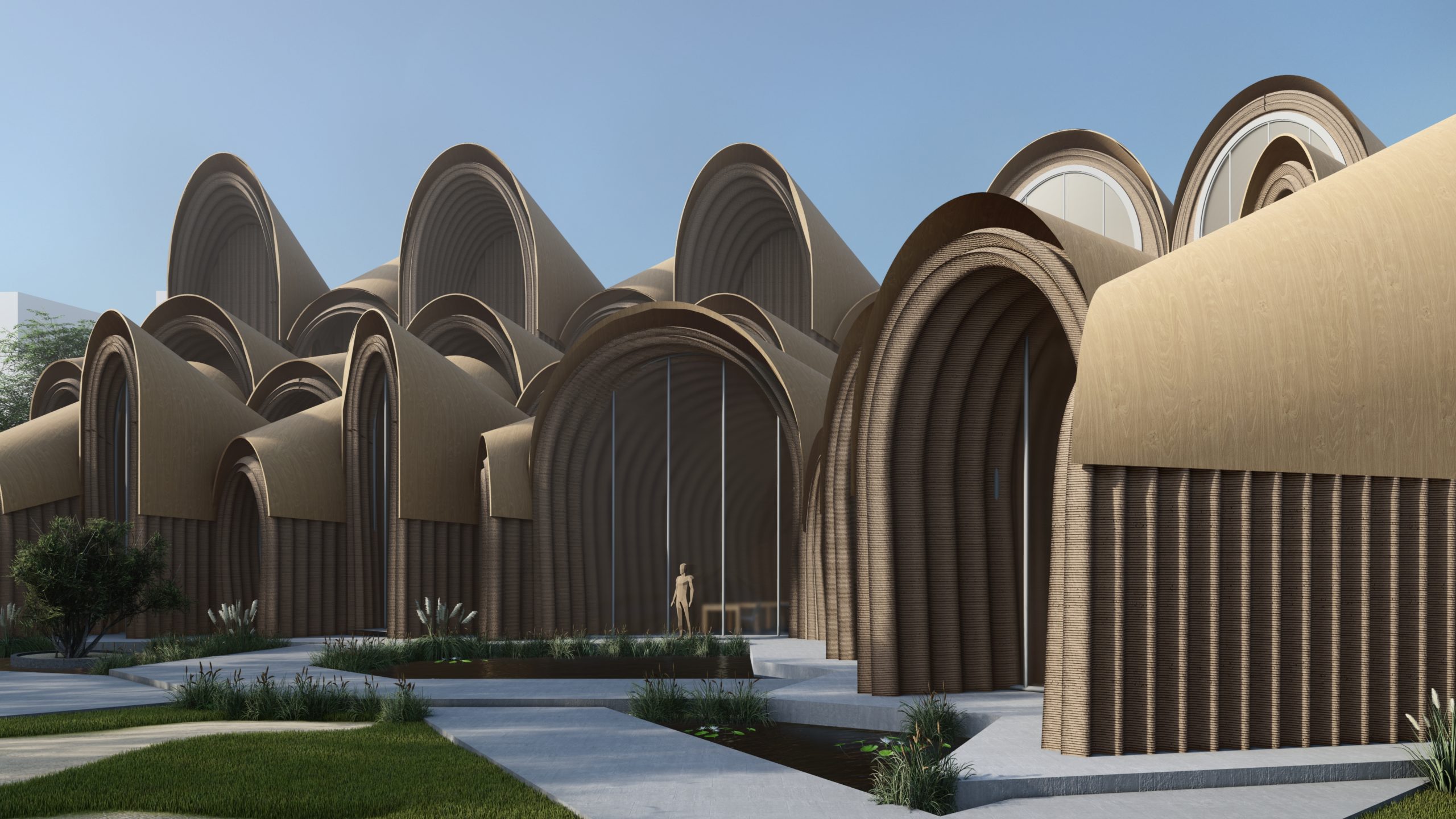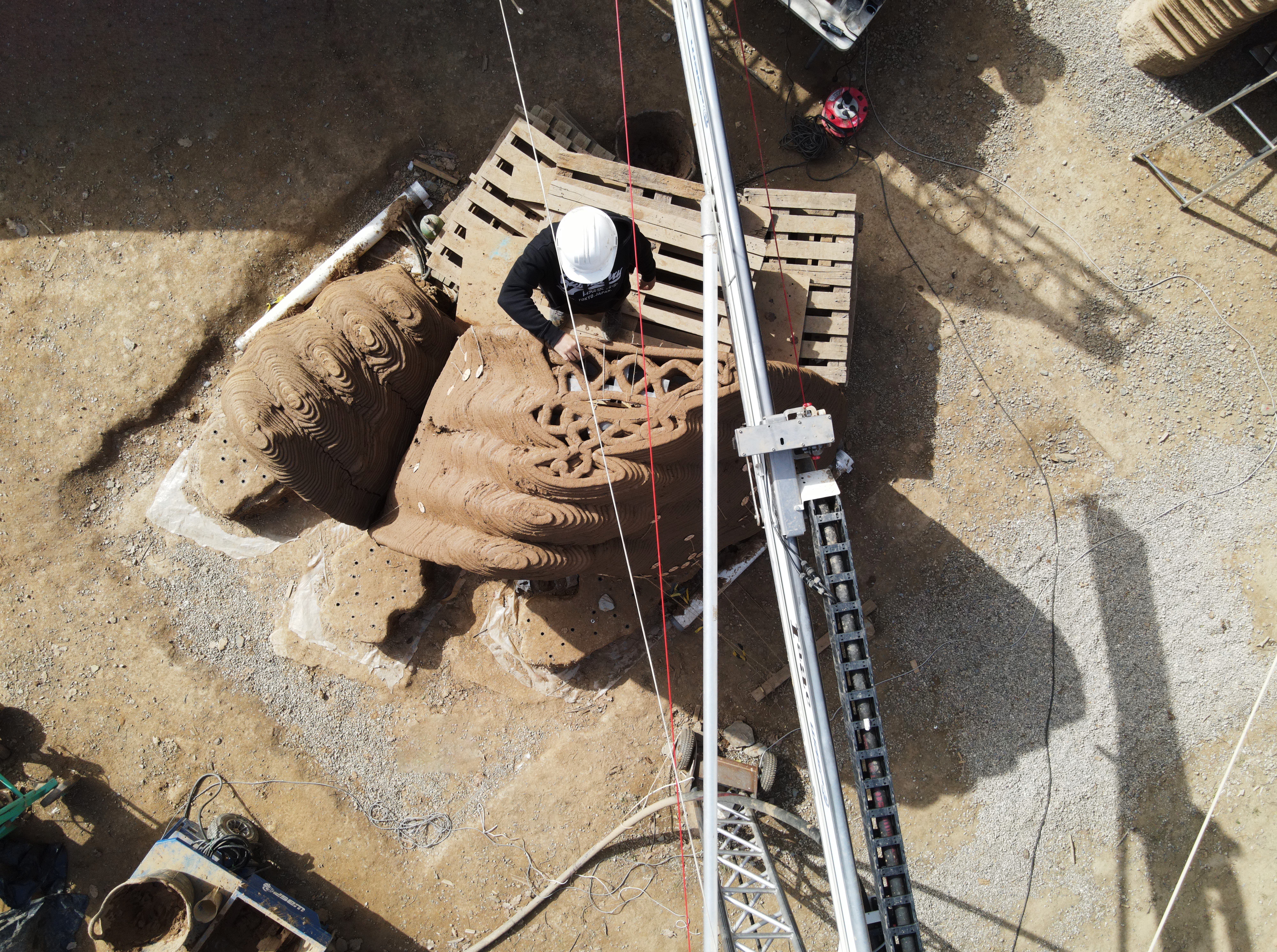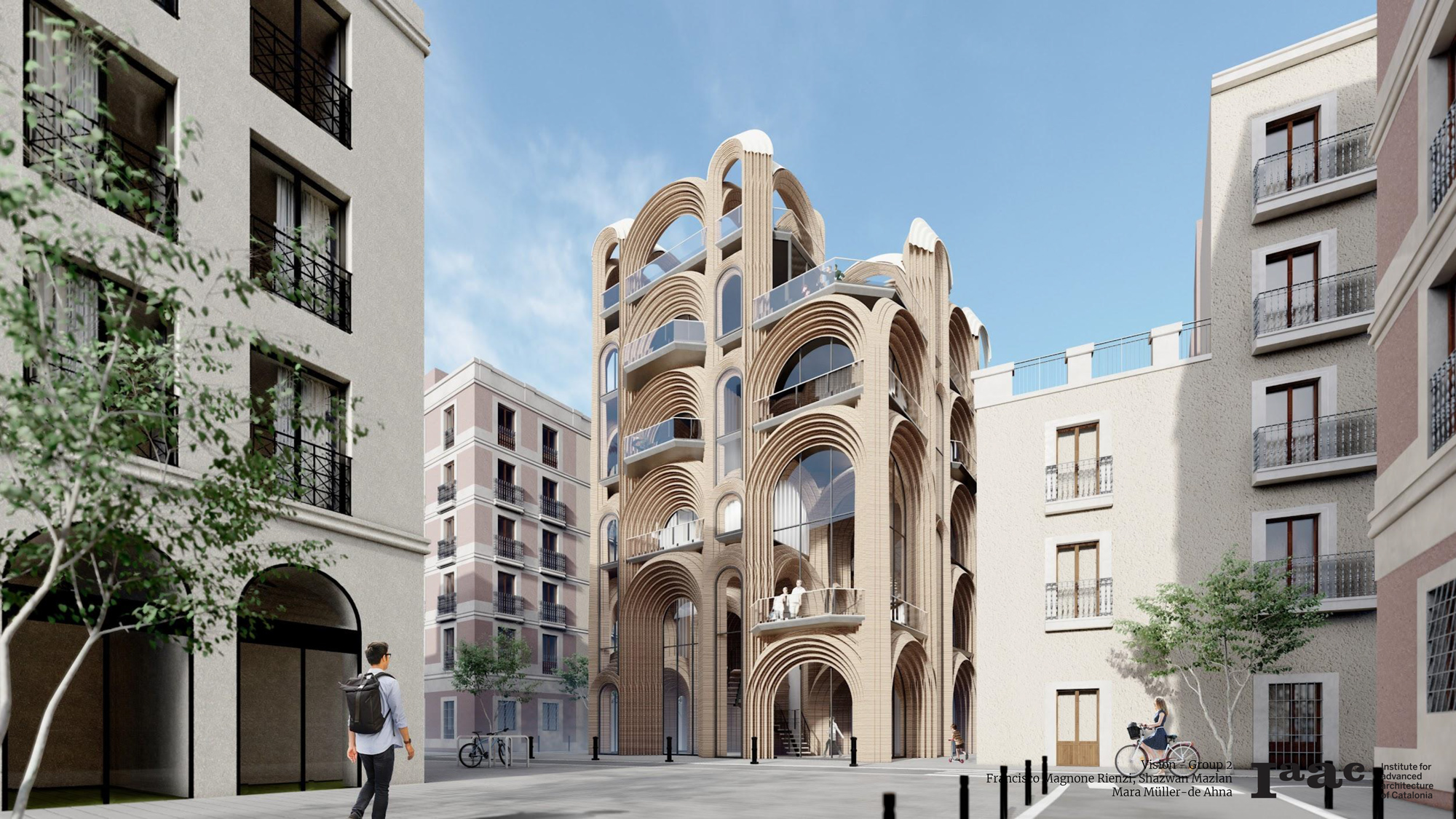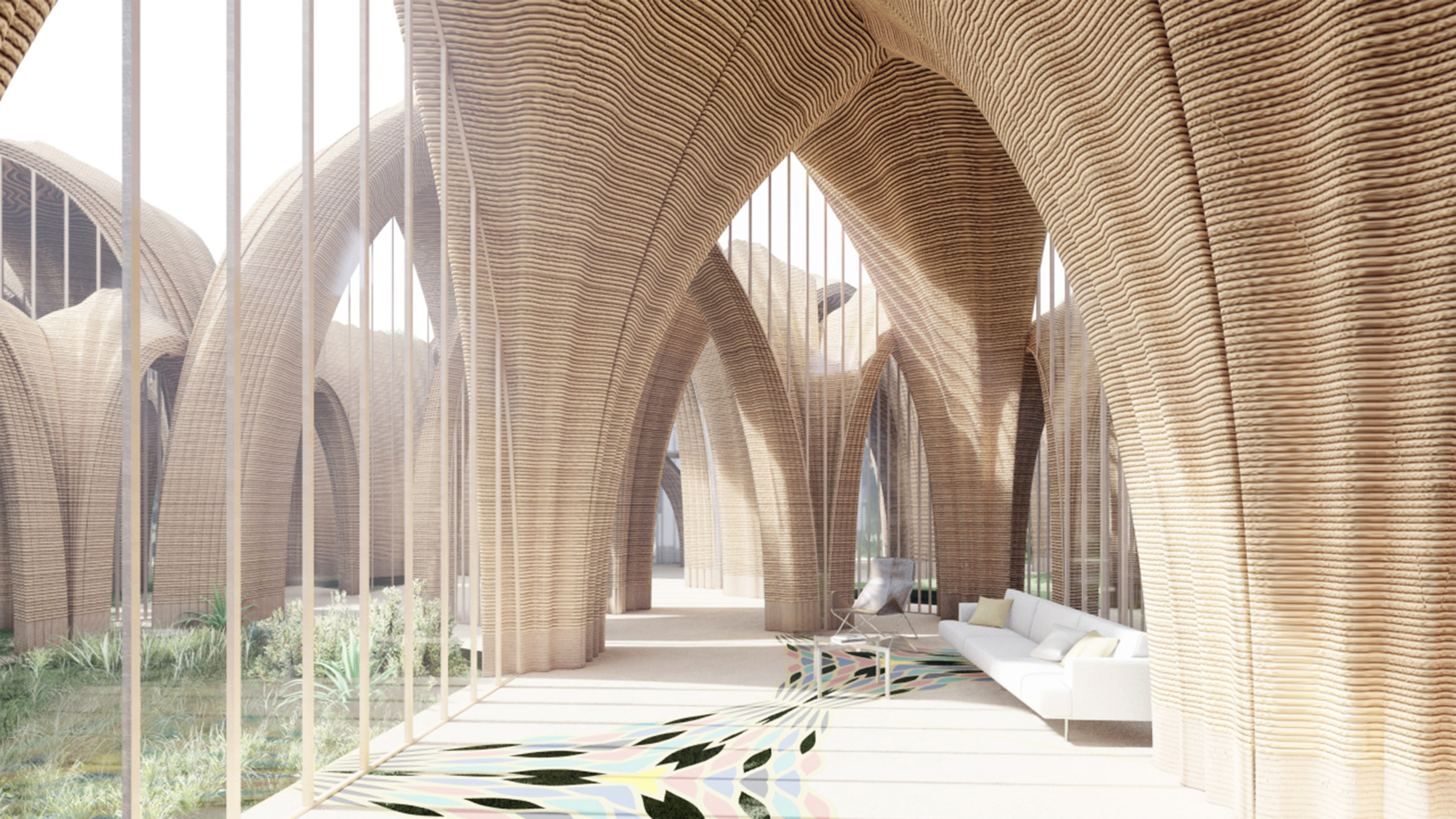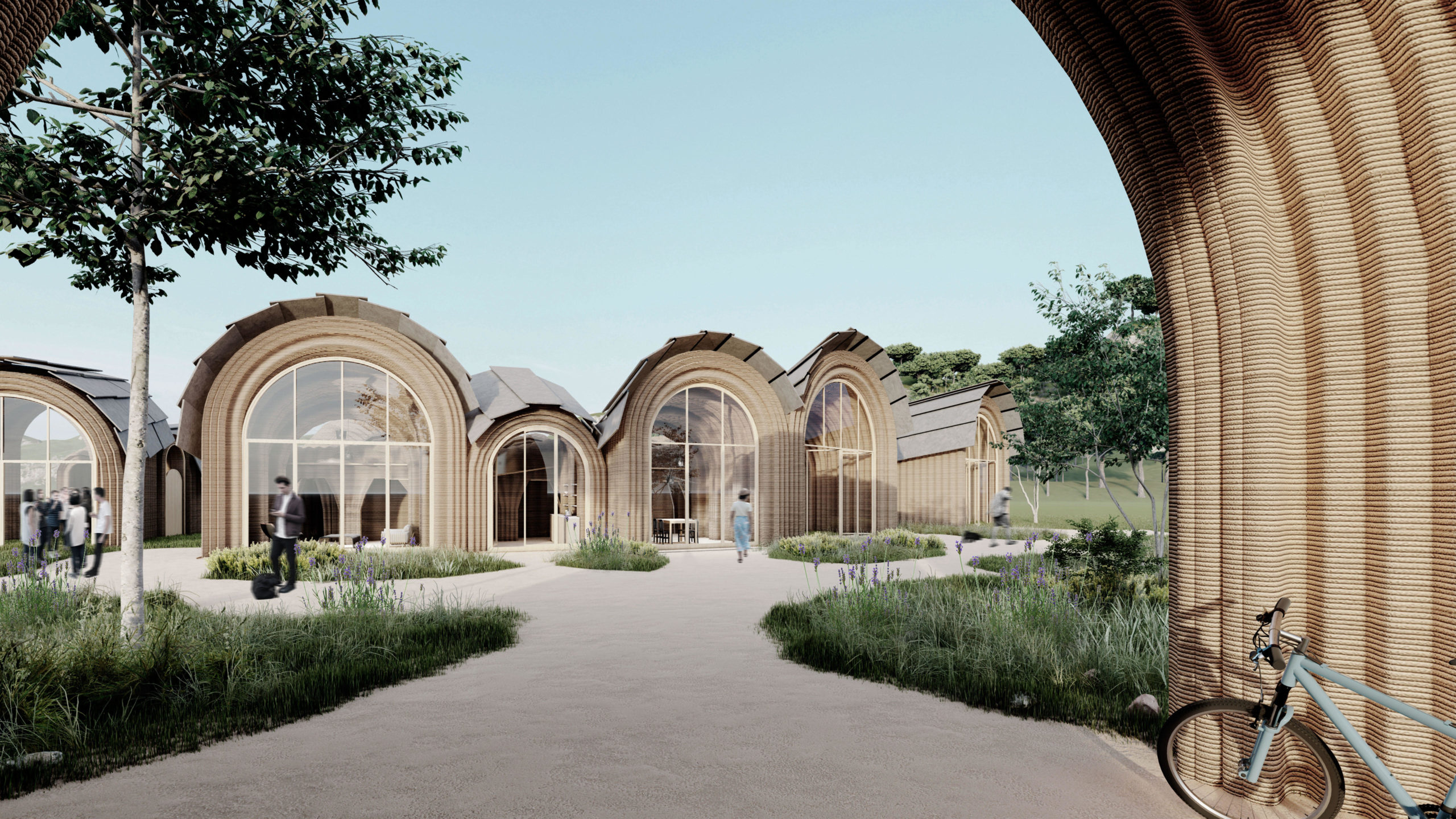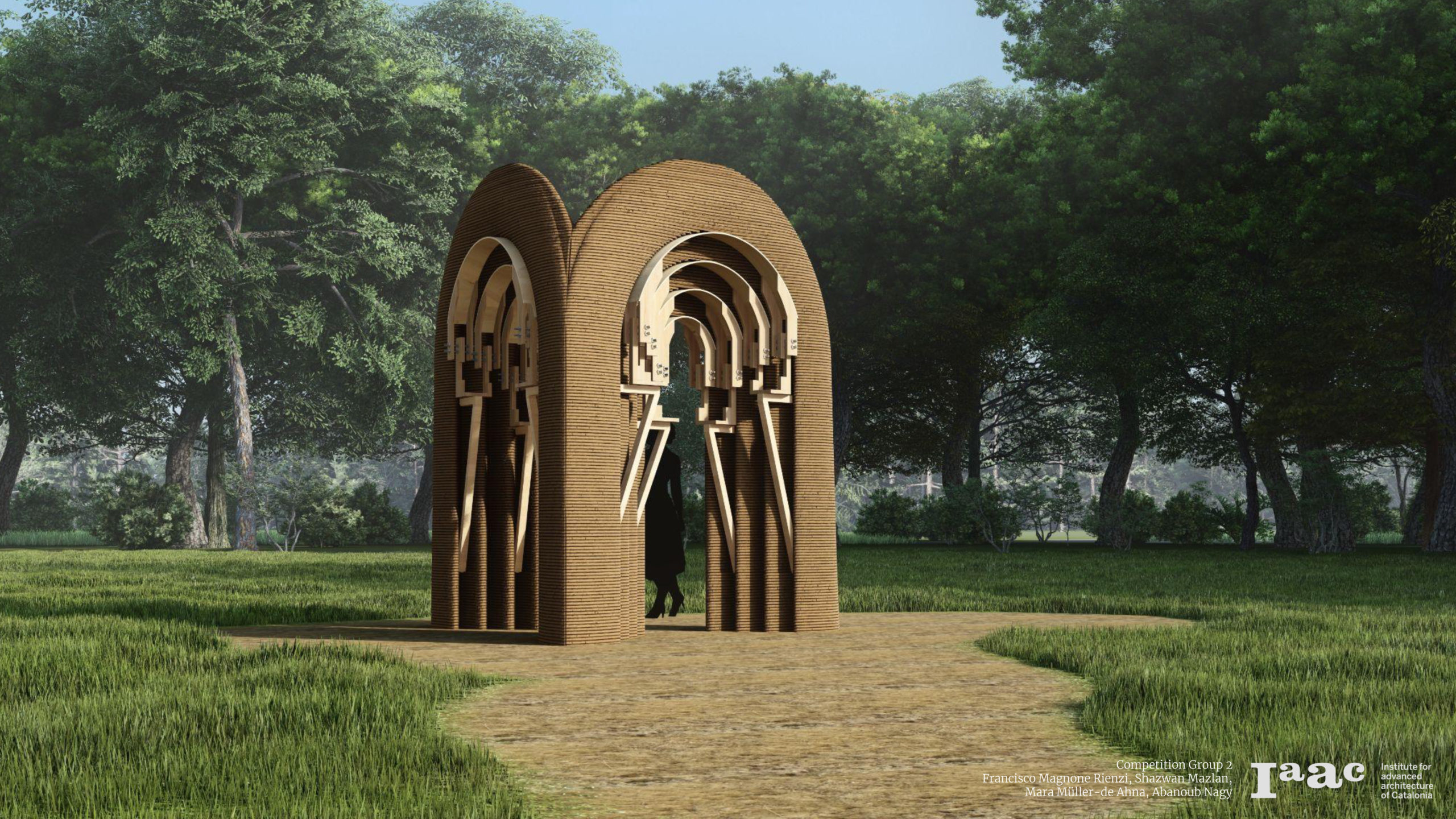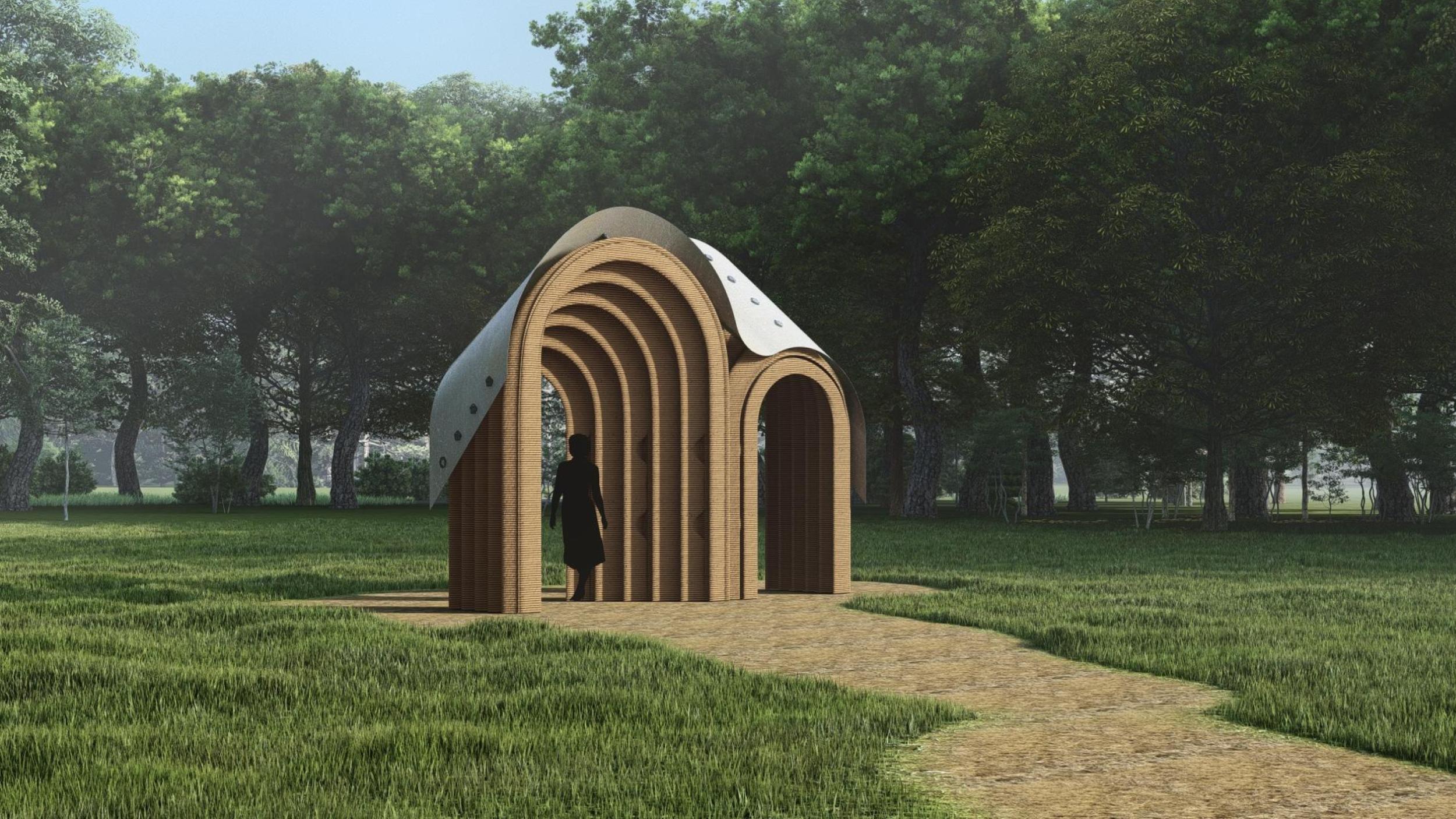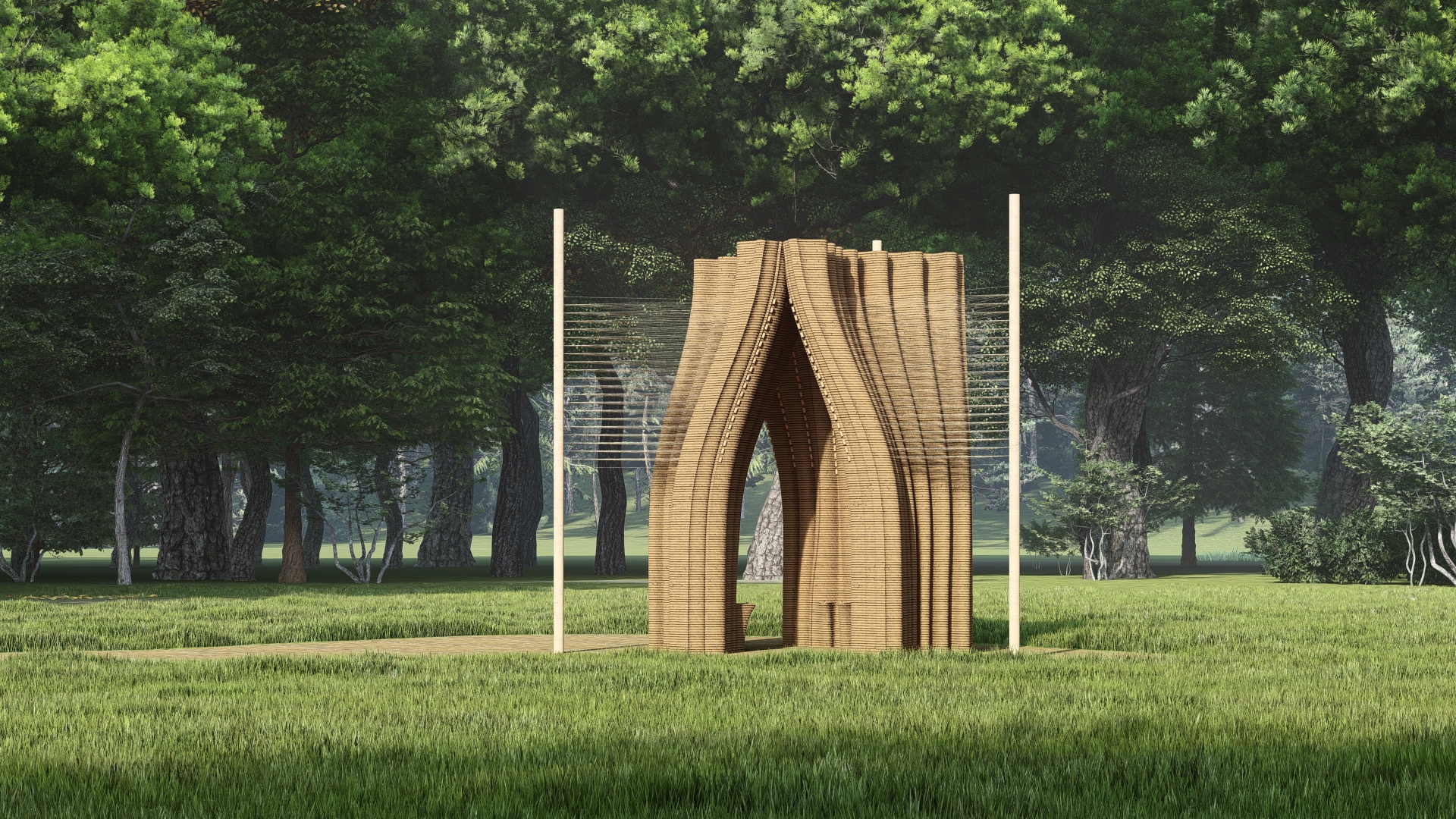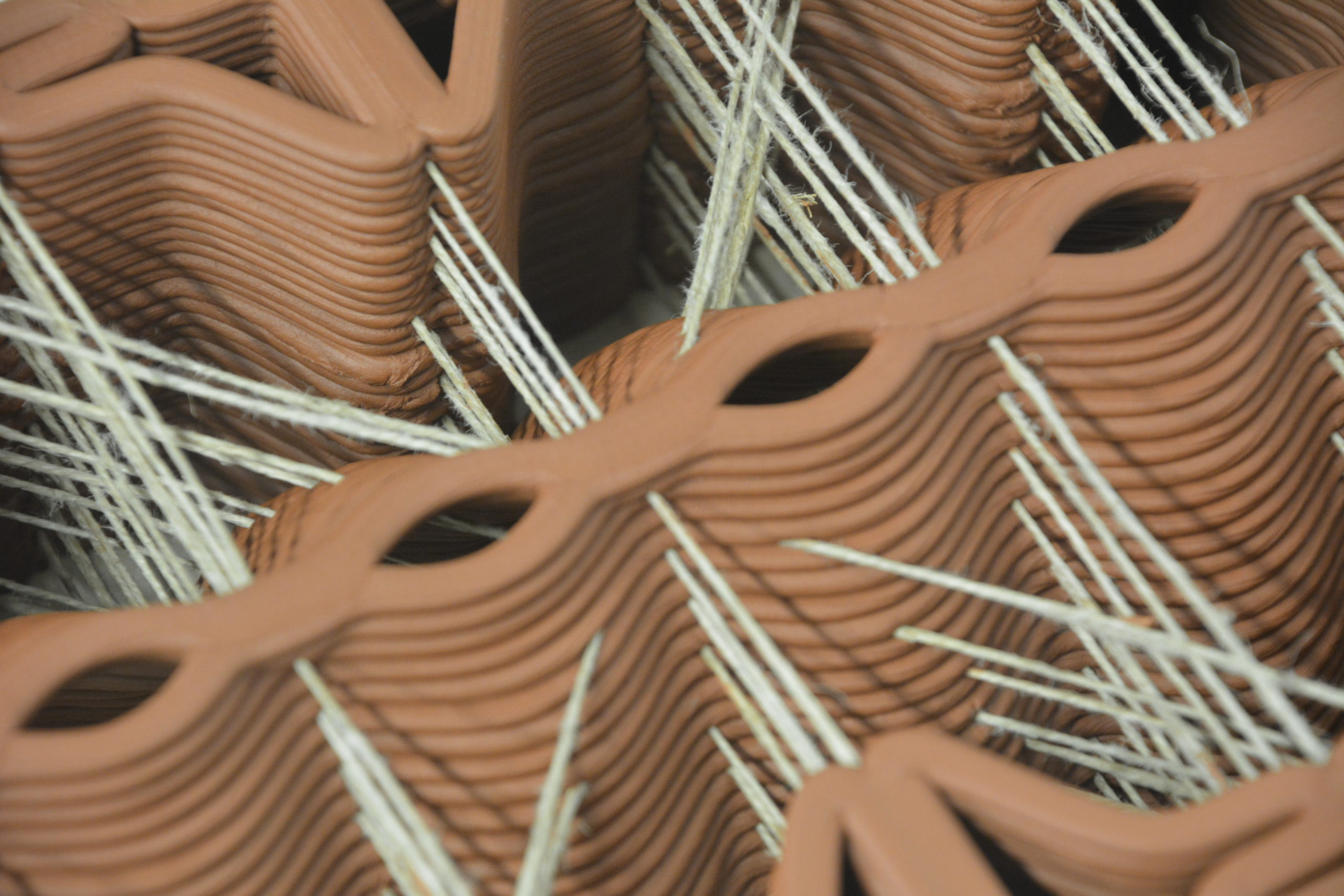Tension networks using natural fibers as support for 3D printing with earth
Table of Contents — ABSTRACT To deal with the fifth façade, vernacular earth construction introduces different materials to cover horizontal spans. This switch of materials allows the earth to work primarily under compression, avoiding altogether the need to work against gravity and the intrinsic tension that horizontal elements require to be supported. This research follows … Read more

